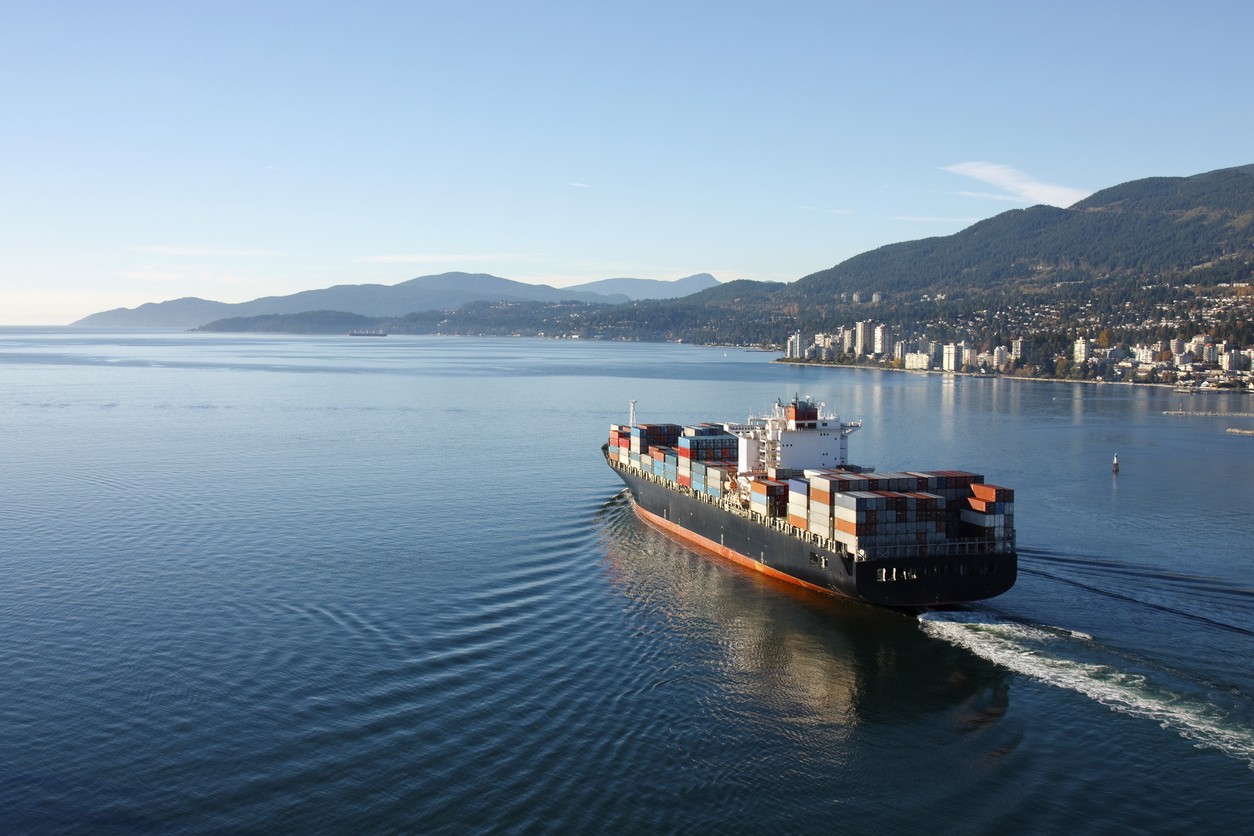
Preventing Port Disruptions in Cargo Shipping
September 8, 2021
Commercial shipping companies rely on ports to facilitate the transfer of cargo from manufacturer to end user. Port facilities around the world handle thousands of vessels and millions of tons of cargo each year. As the coronavirus pandemic has taught us, any break in the global supply chain can have profound effects on the delivery of critical goods. In addition to commercial marine insurance, shipping companies can better manage risks by understanding how port disruptions influence cargo transportation. This understanding can help to prevent port disruptions from putting businesses in danger of delays, cargo loss, and legal claims.
What Causes Port Disruptions?
The global supply chain links manufacturers, wholesalers, and retail operations, with transportation companies performing an essential role in moving parts and products between supply chain entities. Any weakness or break in the chain can interrupt the efficiency of operations. For world ports, the coronavirus pandemic and its effects were only some of the factors influencing port disruptions but pointed to the inherent fragility of the global supply chain. The Suez Canal blockage also had outsized effects on world shipping. Effects that cause port disruptions include:
- Labor shortages due to infections.
- Labor disputes/strikes of workers.
- Broken or damaged cargo handling equipment.
- Delays in shipping goods to ports for shipboard transit.
- Trade imbalances between countries.
- Unavailability of cargo containers.
- Blocked trade routes leading to congestion in alternative port facilities.
- Regulatory challenges.
Some of these factors are out of the control of shipping companies. Commercial marine insurance protects against a wide range of operational and liability risks, but even this robust risk management plan may not offer coverage against unexpected port disruptions.
Exploring Alternative Routes and Port Facilities
If there is one takeaway from the Suez Canal ship grounding in March 2021, it is this: shippers must be ready to explore alternatives. For some shippers affected by the temporary closure of the Suez Canal, rerouting ships around the Horn of Africa resulted in significant delays and steep increases in fuel costs. The keys to surviving port disruption are flexibility and timing. Waiting until a crisis hits before identifying alternative facilities means you will be competing for space with dozens or even hundreds of other ships. When considering alternative ports, consider:
- Available services at ports
- Rail and trucking options to and from the port terminal.
- Freight rates at different ports
- Financial Incentives such as discounts for using one port over another
- Average ship and cargo volumes transiting the ports
Switching ports from one area of the country to another presents challenges, but with careful analysis of the pros and cons, commercial shipping interests are able to leverage alternative facilities whenever needed.
The Early Bird Approach
Another way to combat port disruptions is to analyze shipping trends in an effort to beat competitors to the punch. Many shipping industry experts are predicting continued slowdowns in global shipping as freight rates skyrocket and congestion plagues world ports. If possible, shippers should begin the process of importing/exporting early, potentially beating the projected holiday rush. Stockpiling good ahead of expected port disruptions can help to ensure that those goods will be available when consumer demands shift, saving time and money over costly delays. Shipping industry analysts suggest starting the import/export process in spring 2022 to avoid peak season disruptions.
Adjusting Suppliers in the Chain
As the pandemic and related shipping disruptions have shown us, any break in the supply chain has a ripple effect on world commerce. Forward-thinking manufacturers and transportation companies discovered early on that sourcing parts, equipment, and raw materials from alternative sources helped to negate some of the port disruptions the industry experienced.
Consider domestic suppliers to avoid issues with port congestion or shipping delays. If there is a domestic manufacturer or producer capable of providing critical components, shippers can skip the importation step entirely. If domestic suppliers cannot meet demands, suppliers in other countries may be able to step in. This can also avoid congestion along high-volume trade routes. Commercial marine insurance is not the only risk management tool available to shipping companies. It is a smart risk management strategy to identify potential suppliers ahead of peak seasons and to consider leveraging them to support economic efficiency.
About Merrimac Marine Insurance
At Merrimac Marine, we are dedicated to providing insurance for the marine industry to protect your clients’ business and assets. For more information about our products and programs, contact our specialists today at (800) 681-1998.
